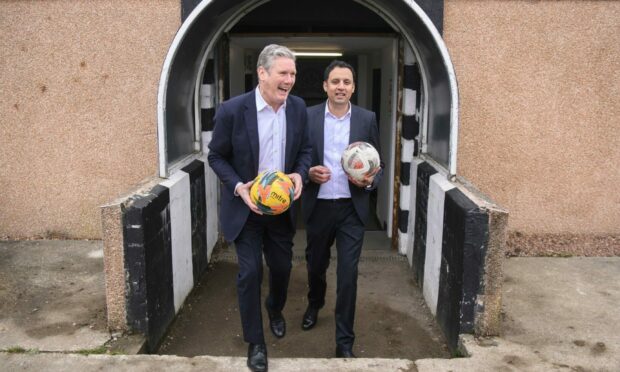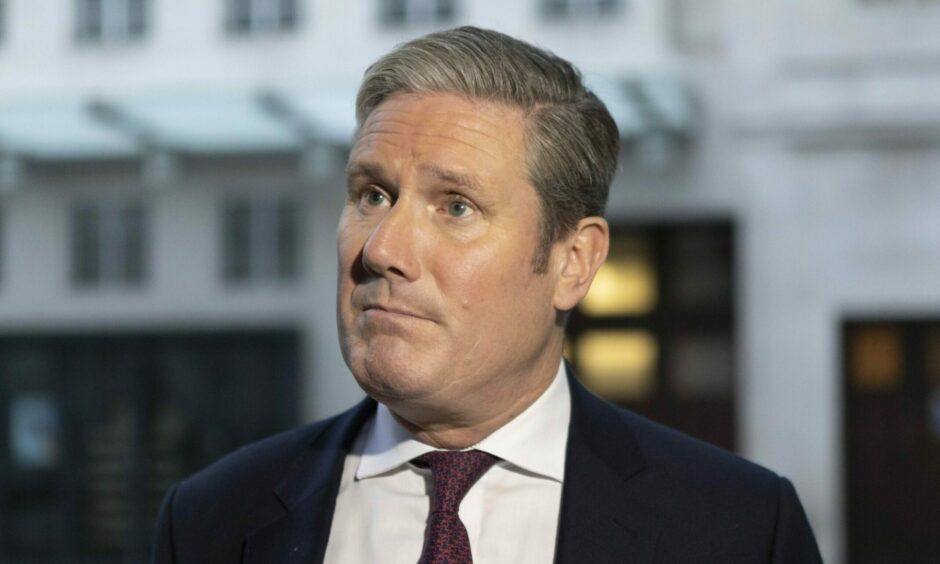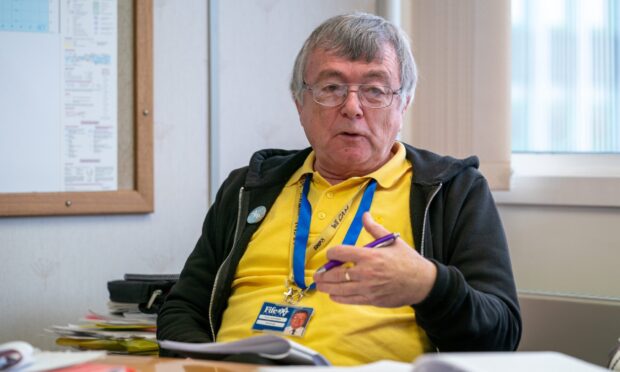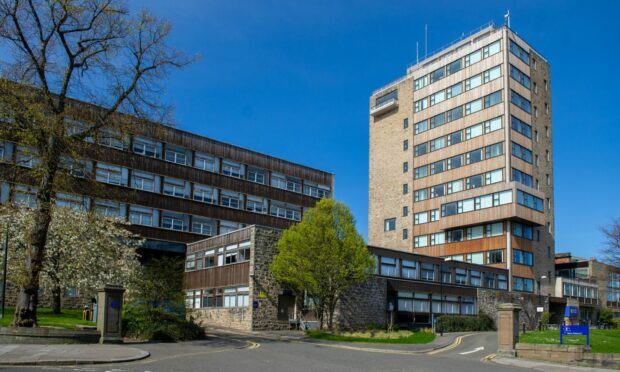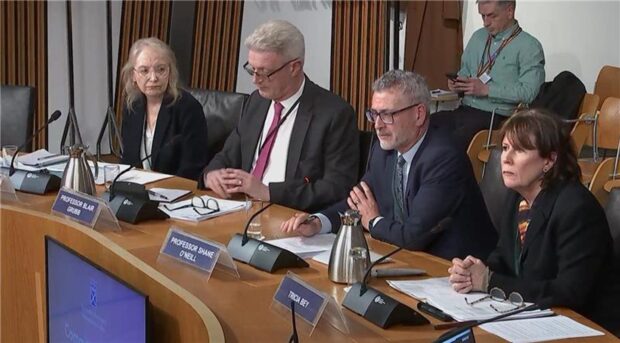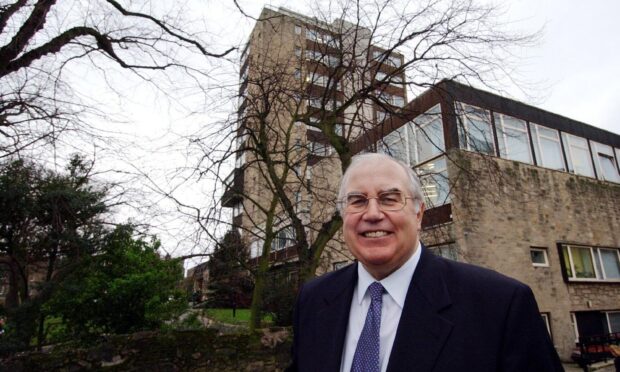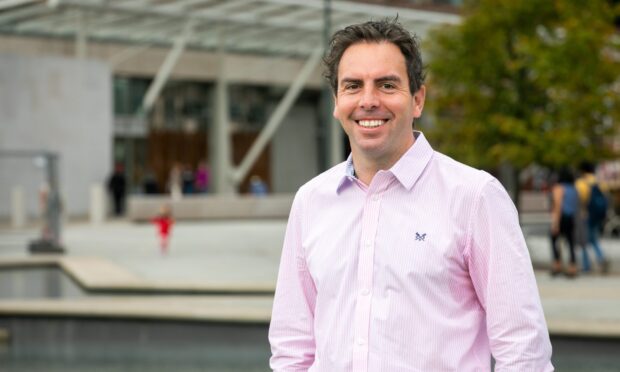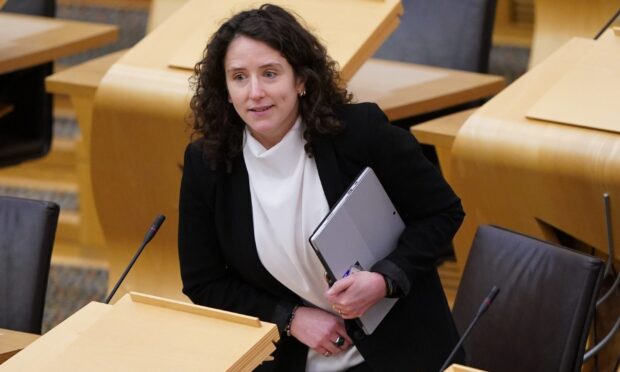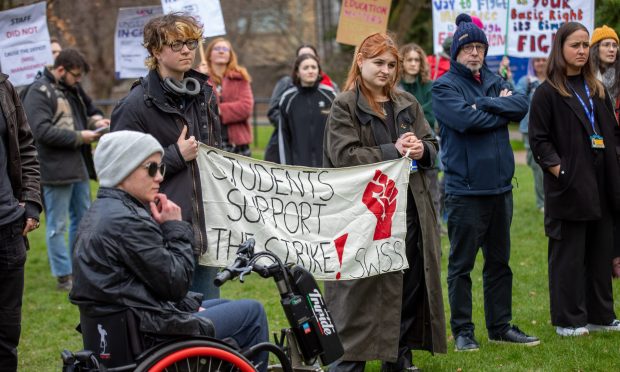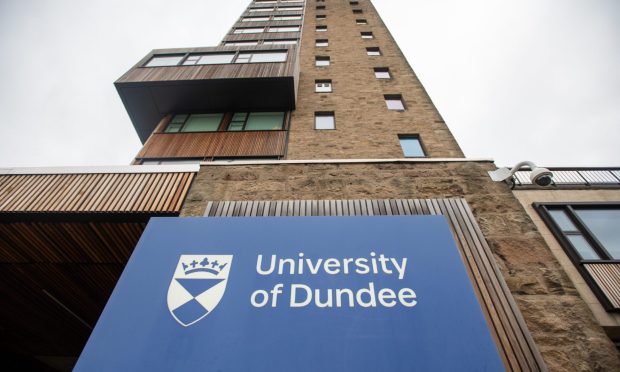Families in Dundee and Fife are some of the hardest hit by the two-child benefit cap, according to new SNP analysis.
Research by the party shows 55% of households in Dundee claiming either universal credit or child tax credits are not receiving financial support for at least one child.
In Fife, 54% of families who claim one or both of the benefits are impacted by the limit.
As of April 2023, a total of 44,840 families in Scotland were claiming either one or both benefits, with an average of 54% of these claimants impacted by the two-child cap.
In Angus, 52% of the 490 households receiving universal credit or child tax credits do not receive financial support for one of more children.
And in Perth and Kinross, 540 households, or 53%, of those claiming one or both benefits are hit by the cap.
Sir Keir Starmer has come under increasing pressure to reverse his position – including from within his own party.
But the Labour leader has defended the move, insisting he will be forced to make “ruthless decisions” if he wins the next election.
Scottish Labour has said its policy on reversing the cap remains unchanged, and several MSPs have spoken in opposition to the UK Labour position.
North East Scotland Labour MSP Michael Marra said the party would urge an incoming UK Labour Government to move as fast as it can to remove the two-child limit and reform universal credit.
Fellow MSP Mercedes Villalba also called on Sir Keir to u-turn on keeping the cap in place.
She said: “It’s what Labour members want, it’s what the public expects, and it’s what the country needs.
“Labour must be a party of principle that puts the people first.”
Labour ‘abandoning families’ – SNP
The SNP has accused Labour of “abandoning” thousands of families in Scotland by choosing the keep the cap.
Social Justice spokesman David Linden said: “The SNP government has prioritised tackling poverty by introducing progressive policies like the Scottish Child Payment but the damaging policies of the Tories and pro-Brexit Labour Party are pushing children back into poverty and undermining progress.
“The SNP is the only party offering real change with independence – and real help with the cost of living.
“In contrast, Sunak and Starmer have clearly decided tackling poverty and helping families is not a priority for them.”
What is the UK’s two-child benefit cap?
The policy – introduced by Tory chancellor George Osborne – has come under the spotlight after Labour leader Sir Keir Starmer said his party would not seek to bin the rule.
The policy prevents parents from claiming child tax credit or universal credit for any third or subsequent child born after April 2017.
Around one in 10 children across the UK are affected by the limit, and it is estimated that the cost of reversing it would be around £1.3 billion.
